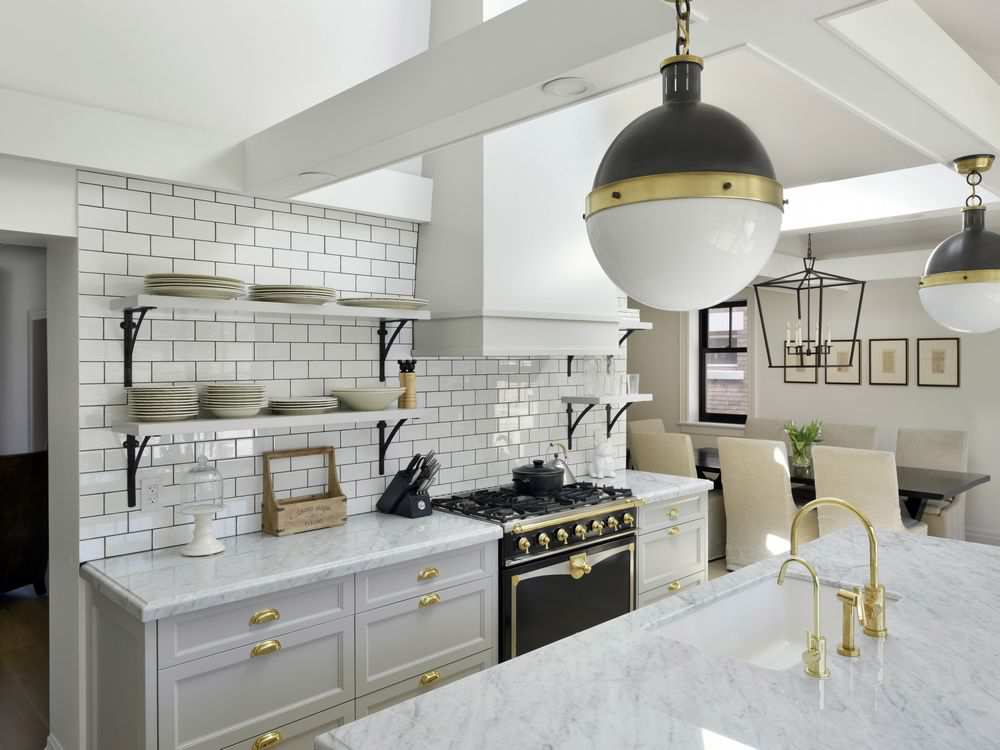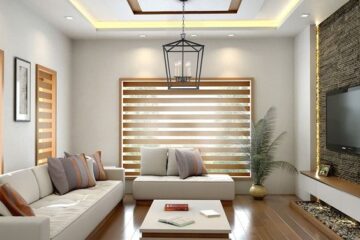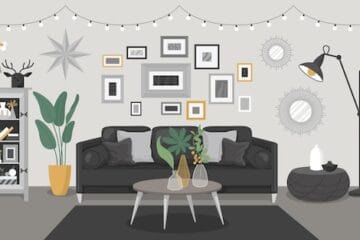
To follow a trend or not, that is the question. Do trends matter? Are they good or bad? And how do you know which ones you should adopt when it comes to your home decor?
To answer these questions, and get a jump on what will be hot next year, we polled three of Ottawa’s top interior specialists.
First, what is a trend? It’s important to distinguish a trend from a fad, says interior decorator Lee-Ann LaCroix. A fad has a high level of acceptance in a short period, followed by an immediate decline, while a trend is typically a significant shift in behaviour based on a strong concept.
“A trend has an extended adoption period until it influences enough people that it is incorporated in their lifestyle,” she explains. “A trend that lasts over a long period of time can become a classic.” Subway tile is a good example of a trend that has become a classic, adds Tanya Collins of Tanya Collins Interior Design.

Are trends good or bad?
They’re both, says Collins. They’re good in that they bring awareness to new materials and finishes, as well as providing a historical reference to the mood and state of mind of people living in a particular social, political and economic climate.
“Think of the swinging ’60s and the exuberance of colour to reflect a social revolution against the conservative norms,” she says before adding, “with that example, trends are also a bad thing, as coloured bath fixtures may be taking the trend a little too far.”
Another downside of trends? “They encourage consumerism. Why stick with your existing stuff when you can have the latest greatest thing?” Designer Leonhard Vogt of Vogt Design Inc. sees trends as a good thing. “Even though they may come and go, there are elements that tend to stay or stimulate what may be the next ‘in thing’.”
LaCroix agrees. “The danger is when people mistake a fad for a trend and expend a substantial sum of money on fad decor that becomes dated in a short period of time.”

Why are trends important?
If a trend reflects your personal preferences, then it’s important to your quality of life and lifestyle, says LaCroix. Plus, since buying a home is the largest investment most of us will make, knowing what trends have staying power will help protect that investment by ensuring it has features that are desirable, especially if you intend to sell in the future.
And for those who can afford to stay on trend, they may simply enjoy being current or on the cutting edge.
Trends also often reflect innovation in the manufacturing of finishes and products, says Collins.
“Nothing is really new in terms of colour, shape or texture, but if these can be delivered in a more maintenance-free, economical and eco-friendly way, all the better.”
She gives the example of quartz made to look like marble so homeowners can get the look on their kitchen counters without marble’s high maintenance. Or a patented technology for hardwood by Lauzon Flooring that cleans the air when activated by light.

What’s trending in Ottawa now and into next year?
“Ottawa is not particularly perceived as a trends capital,” Collins deadpans, “but it’s not that people aren’t willing to embrace trends, it’s that Ottawans are very, very private and they’re not really comfortable flaunting their style for public exposure.”
When it comes to colour, the soft pink and blue pastels that were declared colours of the year by the influential Pantone Color Institute – reflecting our desire for serenity in our lives – will give way to jewel tones, she says.
“Bold blues and bright greens are really coming in,” as well as warmer shades. Greys will continue to be a trend, but will move into warmer tones, “more of a taupe as opposed to the very cool grey” that has been popular.
As for materials, she says savvy homeowners exposed to a plethora of choices thanks to TV shows and the Internet mean trends have “sort of fallen by the wayside in a sense. Everything tends to be in … Personal expression is really coming to the forefront.”
But there are still popular choices, among them naturals, like the increasing integration of wood in our living environment, patterned tile, gold and marble, light fixtures that look as good off as on, tribalism – “crafting has made a major revival; think Brazilian textiles” – and over-scale florals.
Mid-century decor is fading and we’re seeing a bit more ’70s-inspired designs, with a bit of the ’80s thrown in, she adds.
A strong trend currently is mixing old with new, says Vogt. That means not only traditional with modern, but throwing in some country or rustic. “A live-edge wood table and a clean modern chair complement each other quite well to allow the table to be emphasized.” While he thinks the old/new trend will continue into next year, like Collins he also predicts a stronger colour palette, bold texture and pattern. “This will allow people to incorporate existing furniture and accessories into a new design without breaking the budget.” Which leads to the next question:

If you can’t afford to remake your home every few years, how and when should you adopt a trend?
“Catching onto a trend is normally done if you really like the style,” says Vogt. Don’t push yourself into the look if you are not convinced. And if you can’t change your decor as often as trends change, choose large pieces, such as your sofa, carefully and aim for something neutral. “Then buy an accent chair or cushions and accessories demonstrating the trend you favour.”
The key is patience, says LaCroix. Trends have staying power, so if you see a colour, material or design over an extended period, it usually qualifies as a trend. Introduce elements of it gradually and start with the focal points of your room first to maximize the visual effect and minimize costs.
Adds Collins: “A good gauge to start paying attention to trends is if your home decor is more than 10 years old and you followed the trends then … It may be time for a facelift.”
Ask yourself the following, she says: Do I love any of the trends? Are they practical, especially for my lifestyle and setting? Am I happy with my existing decor?
If you don’t love the trends and you’re still happy with what you have in your home, there’s no need to revamp your decor. “Having a stylish home is about honouring your own preferences.”
[Source:- Ottawa Citizen]



